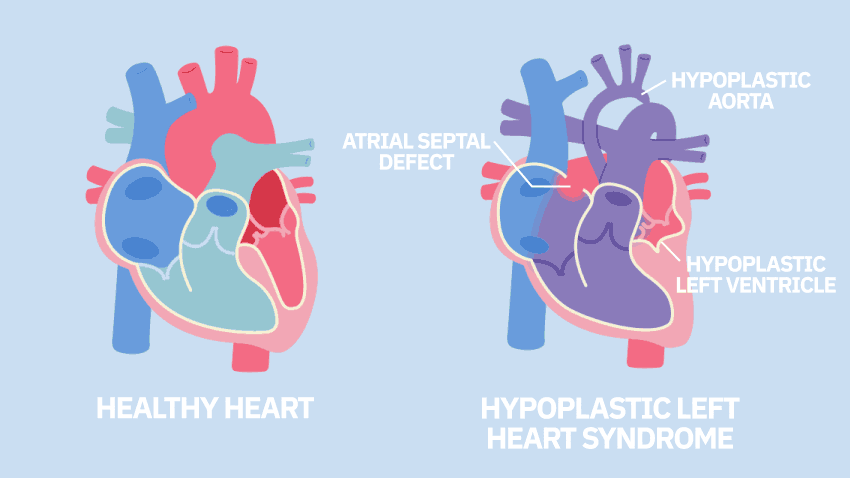Table of Contents
Damages to the heart muscular tissue from lowered blood flow. Damaging of the heart muscle mass. Traditional treatments take care of symptoms and slow-moving illness progression yet seldom address the origin issuedamaged heart tissue. This is where provides brand-new hope, targeting the underlying damages and promoting long-term repair. stand for an innovative action in treating heart diseases.

At, we focus on an individualized approach to. Our process includes: We begin by completely evaluating each individual's case history, present heart function, and general health and wellness. This consists of innovative diagnostic imaging and testing to figure out the degree of heart damages. Our team creates a customized plan utilizing, ethically sourced and prepared for ideal performance.
Lots of individuals report less tiredness, improved breathing, and better physical endurance. By attending to the root triggers, stem cell treatment reduces the threat of future cardiac occasions. Our facility is a leader in, combining knowledge with thoughtful treatment. Right here's what sets us apart: Our group has years of experience in regenerative medication, guaranteeing the highest degree of treatment.
We integrate stem cell treatment with complementary therapies for detailed heart care. Every therapy plan is personalized to address the one-of-a-kind requirements of each patient. One of one of the most typical questions we obtain is, While no treatment can guarantee complete reversal, have actually shown substantial possibility to repair damaged cells, minimize inflammation, and boost general heart feature.
Next-gen support for Peripheral Artery Disease now available
Heart problem is a leading source of in the United States and worldwide. In the United States alone, nearly 1 million individuals passed away due to cardio illness in 2021 (the most current year for this details). Worldwide, that number climbs to 17.9 million each year. For many individuals, conventional therapies provide hope and aid.
Today, scientists focus on two major kinds of stem cells: adult stem cells and embryonic stem cells. While comparable, they're much from similar, and each has its pros and disadvantages. Adult stem cells frequently originate from bone marrow, fat tissue, or also straight from the heart. One benefit is that they can be collected from your own body.
Grown-up stem cells are additionally much easier to accumulate and have fewer ethical worries. But there's a disadvantage. They're not as flexible as beginning stem cells. They aren't as able to develop into different sorts of cells, which can restrict performance when it concerns tissue repair service. Embryonic stem cells can develop into any kind of type of cell, including heart cells.

One more worry is the possibility of creating lumps if these cells do not distinguish properly after implantation. The huge concern is, does stem cell treatment actually work for heart repair work?
Nevertheless, study results are combined. While some individuals see substantial advantages, others do not see much enhancement at all. Researchers are still finding out the finest means to deliver the cells, guarantee they make it through once inside the body, and make certain they integrate effectively with existing heart tissue. One of the biggest challenges is cell survival and combination after implantation.
Can you manage Heart Disease with regenerative medicine?
Even less manage to incorporate right into the existing heart cells. For the treatment to be effective, the new cells require to link with the old ones and start working as component of the heart muscle.
It's one point to obtain stem cell treatment to operate in a laboratory or a small medical trial; it's one more to make it readily available widespread. Making, keeping, and delivering stem cells safely and properly is logistically challenging at best. Stem cell treatment is extremely promising, however it's not without downsides.
This is more of an interest in beginning stem cells, however it exists despite having adult cells. One more drawback is the cost. Stem cell therapy is costly, partly because of the intricacy of harvesting, growing, and delivering the cells. Due to that cost and the treatment's experimental nature, lots of insurer won't cover it.
In the last several years, there has been a significant improvement in stem cell therapy for cardiovascular disease. Can stem cell therapy cure heart problem? No, yet used with your present heart problem regimen, it can enhance your heart wellness and top quality of life. Worldwide sixty-four million individuals are affected by heart failure.
Can you manage Atherosclerosis with stem cells?
Medical professionals deal with heart failure signs and symptoms in hopes of boosting the client's high quality of life and protecting against further difficulties. Medications like diuretics (to remove the liquid in the body), Beta-Blockers (lowering the pressure of the blood flow and reducing the heartbeat down to reduced high blood pressure), and ACE Preventions (lower high blood pressure by loosening up the blood vessels and arteries) are used to treat the signs of heart illness.
These require a surgical treatment and a healing time of as much as six weeks. While present therapies take care of the signs and symptoms of heart disease, they do not fix tissue damages or recover the heart's function. There is no cure for heart disease. The concern continues to be, can stem cells heal cardiovascular disease? Stem cells can't treat heart illness, yet they can renew the heart muscular tissue and enhance the ejection fraction (the quantity of blood the heart pumps with each beat) on the heart's left side.
Navigation
Latest Posts
Can stem cells help with Heart Disease explained
How to access stem cell therapy for Peripheral Artery Disease
All about stem cell therapy and Atherosclerosis